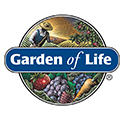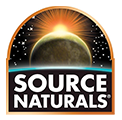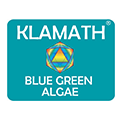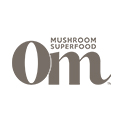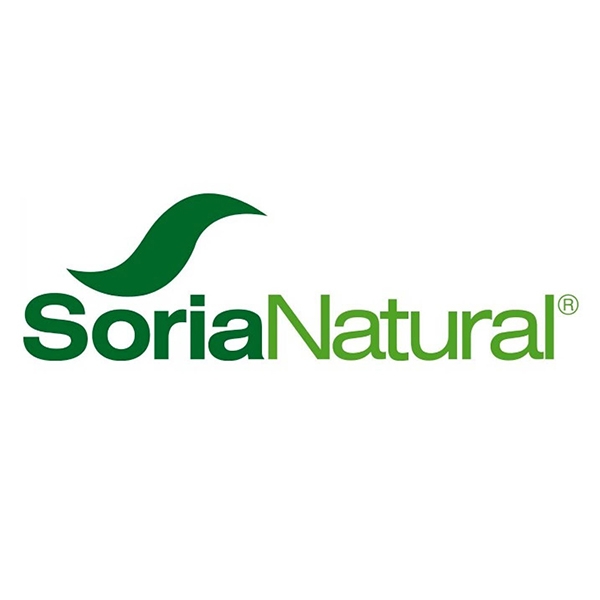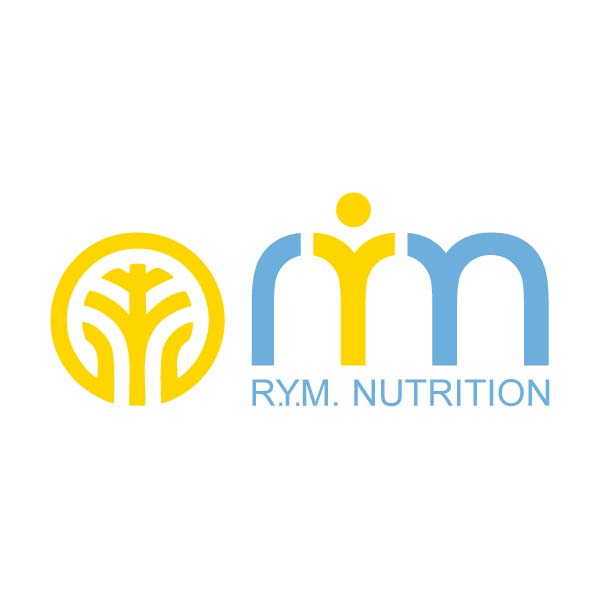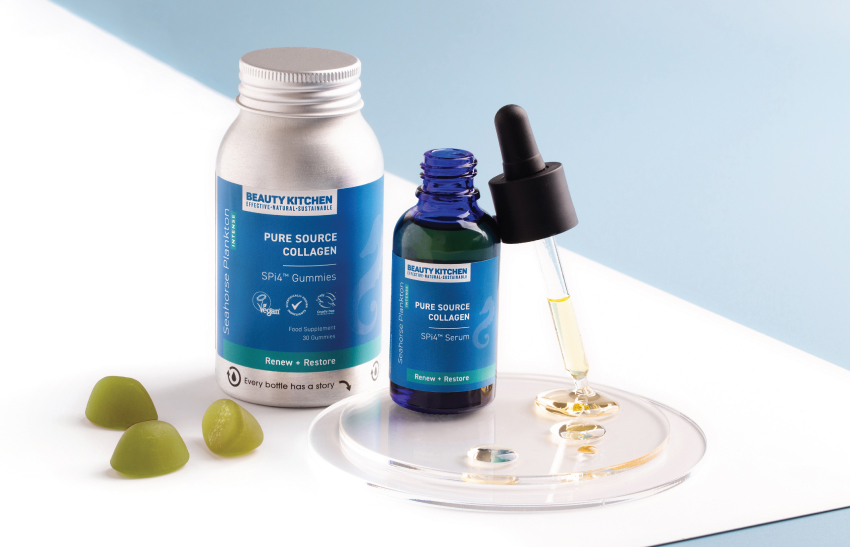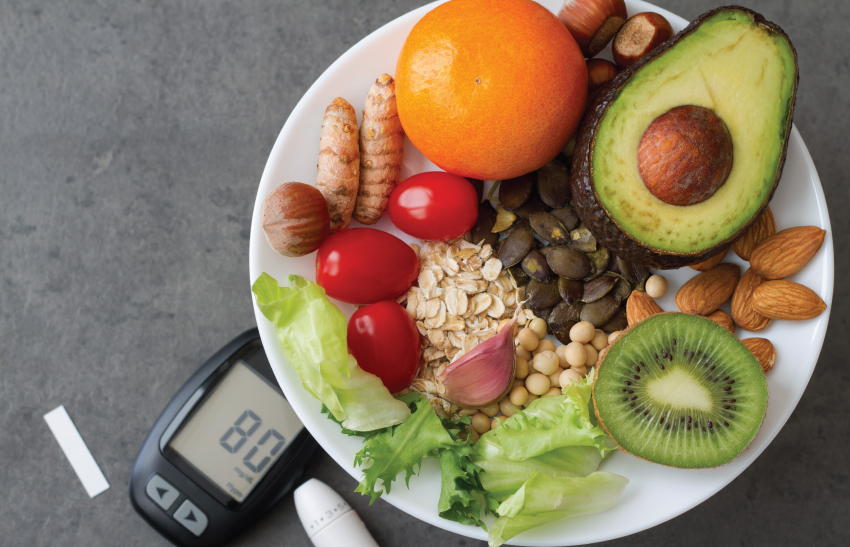
By Isabelle Nunn, Head Nutritionist
Liquorice belongs to the Fabaceae family. This herbaceous perennial plant is native to several areas of the world, including southern Russia, the Mediterranean, parts of Asia and southern areas of Europe. The part of the plant that is utilised as a flavouring agent and as a traditional remedy is the root.
Traditional uses
Liquorice has been recognised since ancient times for its value as a herbal remedy. It has been well documented starting with the ancient Greeks. It is one of the most widely used Chinese herbal medicines. The root has been used for its anti-inflammatory properties, blood sugar and antispasmodic support, as well as a laxative within herbal traditions. It has also been thought to help support ulcers.
How Does Liquorice Work?
Liquorice contains specific chemical constituents that give it the sweet distinctive flavour, recognised by those who enjoy Liquorice sweets. Glycyrrhizin is the major active constituent obtained from liquorice roots. Scientific studies have demonstrated that the glycyrrhiza polysaccharide is a potential immunomodulator that stimulates and supports the immune system by regulating multiple signalling pathways.
Glycyrrhiza polysaccharides have many biological activities including regulation of intestinal flora. Polysaccharides found in liquorice include arabinose, glucose, galactose, rhamnose, mannose, xylose, and galacturonic acid. Research has demonstrated that extracts and compounds from liquorice exhibit a broad range of biological properties, including lowering inflammation, fighting off bacteria or viruses, protecting our cells from external factors such as stress or pollution and supporting blood sugar levels management.
Liquorice is thought to exhibit protective effects on the liver, gastrointestinal tract, nerve health, cardiovascular as well as protective effects on the immune system. In one randomised, double-blind, placebo-controlled clinical trial, liquorice root extract was revealed to significantly decrease symptoms of functional dyspepsia, such as acid reflux and heartburn.
Caution is Advised:
- Long term use of very high doses of glycyrrhizin containing liquorice should only be done under supervision of a qualified healthcare practitioner.
- Not recommended for those with hypertension or for those taking certain medications.
Shop Nature’s Answer Licorice >

Key Features
• Alcohol -Free
• Holistically Balanced®
• Bio-Chelated®
• Advanced Botanical Fingerprint Technology®
• Certified Gluten-Free
• Kosher Pareve
• Non-GMO
• Cruelty-Free
• Free from Common Allergens, Artificial Preservatives, Sugars and Sweeteners.
• Tested and Verified for Authenticity and Safety
• Suitable to Vegetarians and Vegans.
*Any claims are based on clinical research, are not aimed to diagnose, treat, cure or prevent any disease. Food supplements should be used within the framework of a healthy lifestyle and not used as substitutes of a varied and balanced diet.
References:
- Raveendra KR, Jayachandra, Srinivasa V, Sushma KR, Allan JJ, Goudar KS, Shivaprasad HN, Venkateshwarlu K, Geetharani P, Sushma G, Agarwal A. An Extract of Glycyrrhiza glabra (GutGard) Alleviates Symptoms of Functional Dyspepsia: A Randomized, Double-Blind, Placebo-Controlled Study. Evid Based Complement Alternat Med. 2012;2012:216970. doi: 10.1155/2012/216970. Epub 2011 Jun 16. PMID: 21747893; PMCID: PMC3123991. https://www.ncbi.nlm.nih.gov/pmc/articles/PMC3123991/
- Pastorino G, Cornara L, Soares S, Rodrigues F, Oliveira MBPP. Liquorice (Glycyrrhiza glabra): A phytochemical and pharmacological review. Phytother Res. 2018 Dec;32(12):2323-2339. doi: 10.1002/ptr.6178. Epub 2018 Aug 17. PMID: 30117204; PMCID: PMC7167772. https://pubmed.ncbi.nlm.nih.gov/30117204/
- Dastagir G, Rizvi MA. Review - Glycyrrhiza glabra L. (Liquorice). Pak J Pharm Sci. 2016 Sep;29(5):1727-1733. PMID: 27731836. https://pubmed.ncbi.nlm.nih.gov/27731836/
- Wu Y, Zhou H, Wei K, Zhang T, Che Y, Nguyễn AD, Pandita S, Wan X, Cui X, Zhou B, Li C, Hao P, Lei H, Wang L, Yang X, Liang Y, Liu J, Wu Y. Structure of a new glycyrrhiza polysaccharide and its immunomodulatory activity. Front Immunol. 2022 Sep 27;13:1007186. doi: 10.3389/fimmu.2022.1007186. PMID: 36238291; PMCID: PMC9551306. https://pubmed.ncbi.nlm.nih.gov/36238291/
- Hosseinzadeh H, Nassiri-Asl M. Pharmacological Effects of Glycyrrhiza spp. and Its Bioactive Constituents: Update and Review. Phytother Res. 2015 Dec;29(12):1868-86. doi: 10.1002/ptr.5487. Epub 2015 Oct 13. PMID: 26462981. https://pubmed.ncbi.nlm.nih.gov/26462981/
- Simayi Z, Rozi P, Yang X, Ababaikeri G, Maimaitituoheti W, Bao X, Ma S, Askar G, Yadikar N. Isolation, structural characterization, biological activity, and application of Glycyrrhiza polysaccharides: Systematic review. Int J Biol Macromol. 2021 Jul 31;183:387-398. doi: 10.1016/j.ijbiomac.2021.04.099. Epub 2021 Apr 19. PMID: 33887291. https://pubmed.ncbi.nlm.nih.gov/33887291/
















